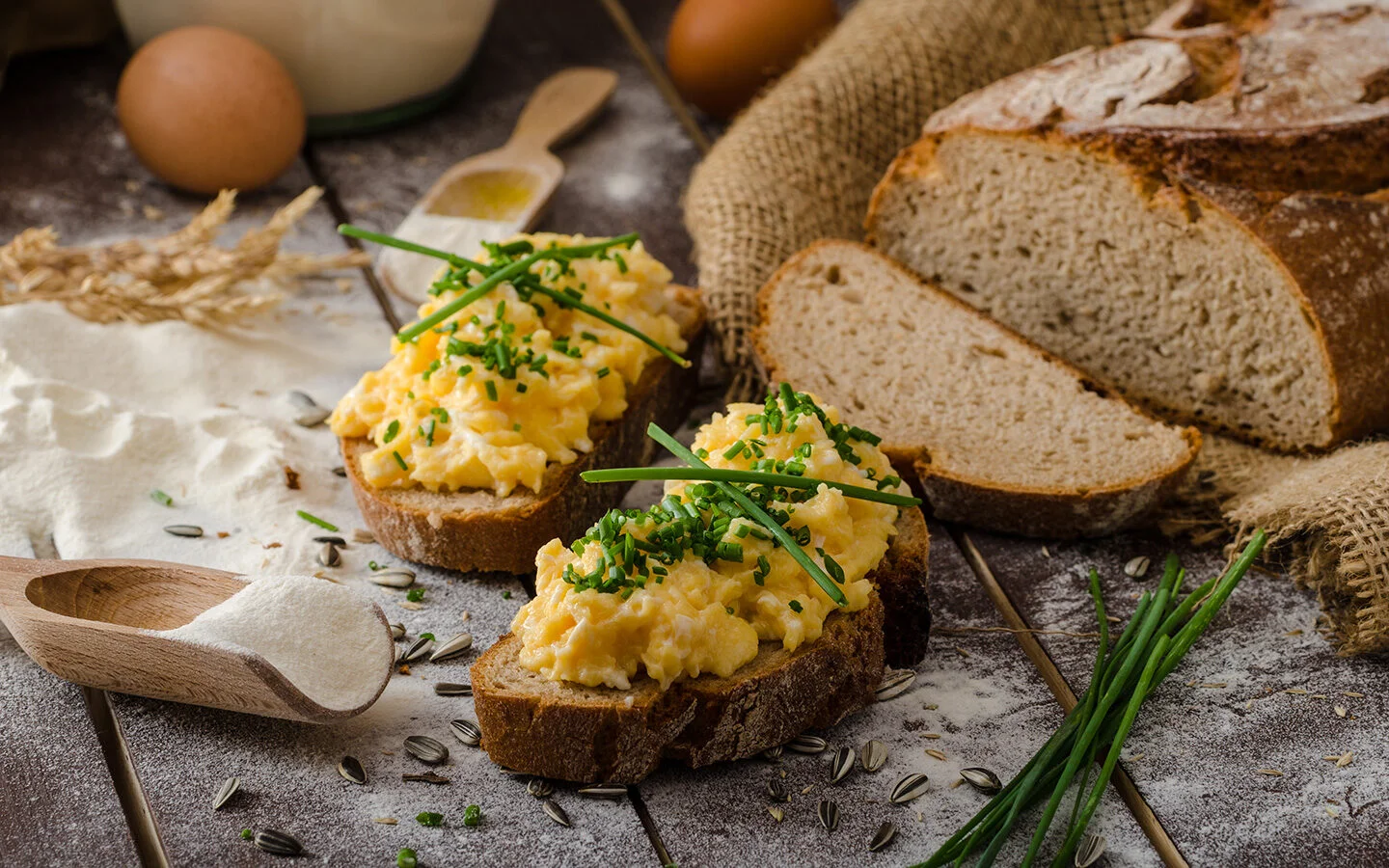Having a workout routine at the same time everyday, such as going for a ride in the morning, seems to be a good way to maintain a healthy habit in the long term. However, not all people can (or want to) always go for a ride at the same time of the day. Meetings that drag on, kids to pick up from school and take care of… The time available is limited, sometimes non-existent. Don’t worry, what’s most important is to do exercise, no matter the time of the day.
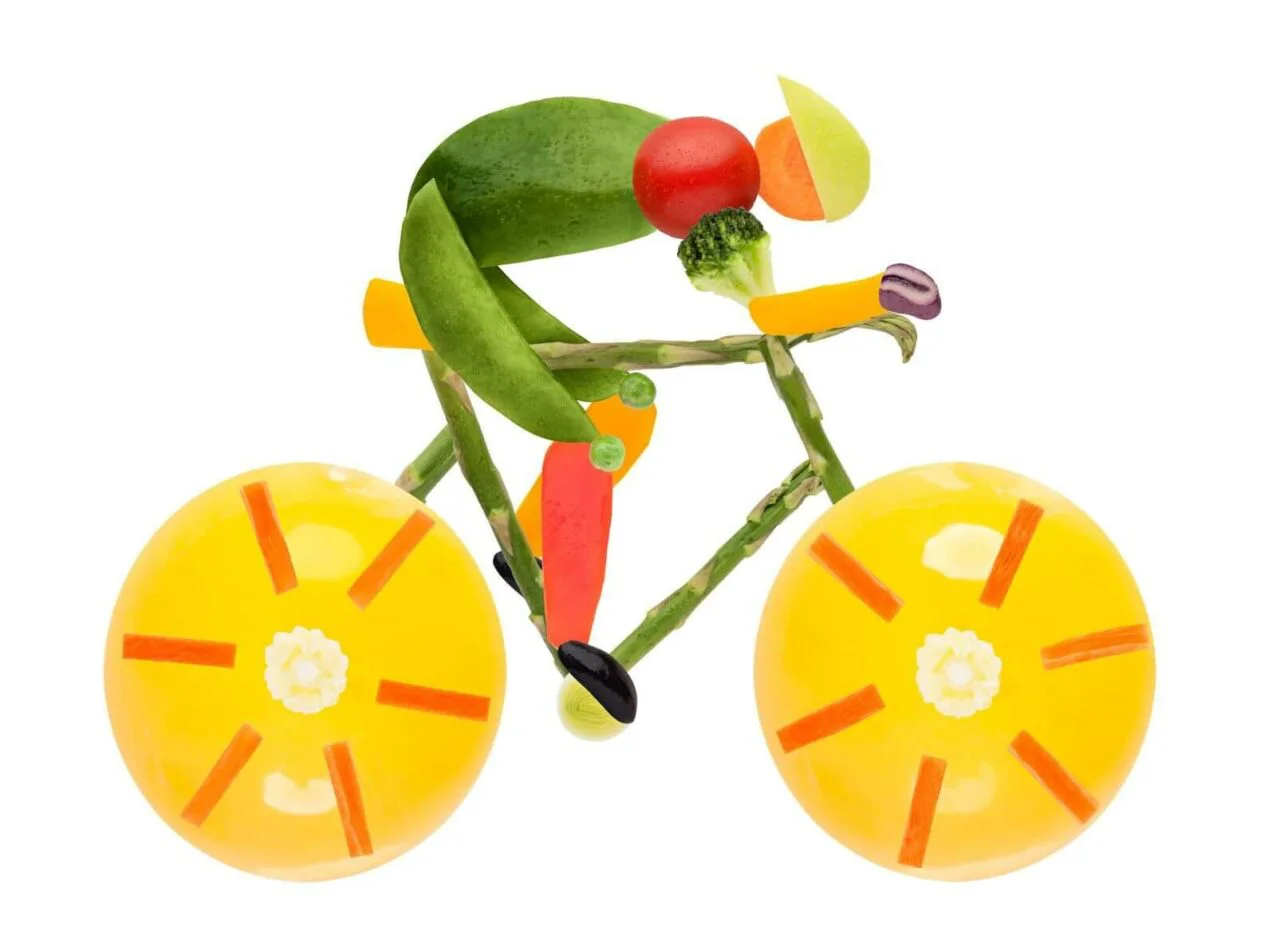
Work is usually the biggest obstacle when it comes to cycling, but weather is also a key factor, together with family matters, tiredness, or just feeling like doing nothing. And weekend mornings are in fact the rush hour for cycling, but any bike you see at around the same time on a Monday morning is heading towards the workplace.
So then, the question is: how to fuel your body properly before, during and after a ride if we can’t always plan our workouts in the same time slot?
Let’s start with some general advice:
- Eat healthy foods throughout the day. Eating healthy is not just about eating all kinds of food or having a varied diet, as supermarkets are packed with sugary, fatty and salty products. Base your diet on plant-based, low-processed products, such as fruits, vegetables, legumes, nuts and whole-grain cereals. Don’t get obsessed with protein and reduce the intake of ultra-processed and unnecessary products.
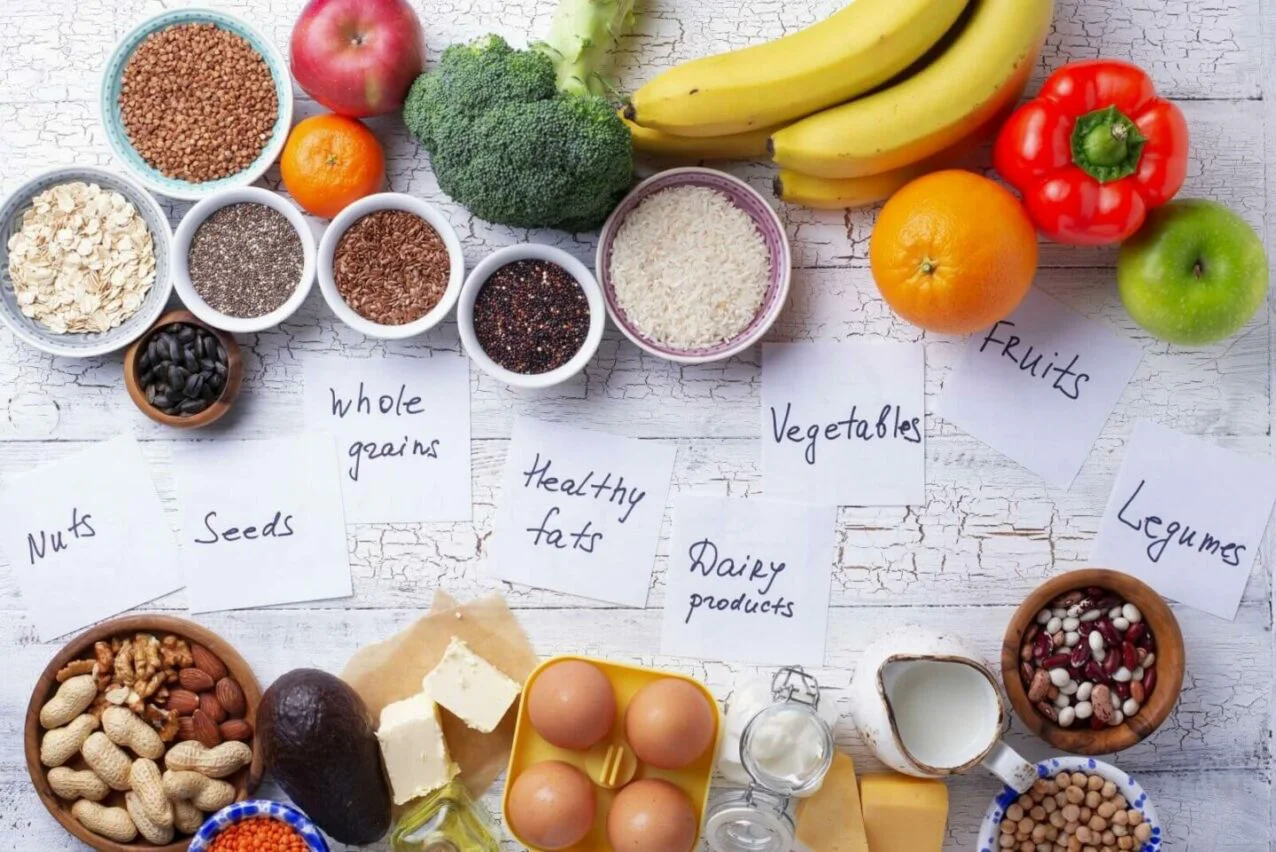
- Pay attention to how your stomach feels. Not all days and all foods are the same. It’s not good to be hungry during your cycling workout, as you’re running a higher risk of hitting the wall or bonking, and also because your performance will be considerably better if your “engine” gets enough fuel.
- Know your body and listen to it. Scheduled routines make it easier to know what to eat and how to train. If you go cycling at different times of the day, take your time to learn how you feel and make necessary adjustments in your meals and your workouts.
- Common sense. It is advisable to wait 1-2 hours before hopping on the saddle after a meal, even more so if you’ve had a lot of food or if your workout is going to be pretty intense from the get-go. If all you’ve had is a snack, waiting for 20-30 minutes is enough.
- Carry snacks and money with you. An energy gel and/or bar is always welcome, and having some money on you is essential.
- Don’t be hard on yourself if you have to postpone your ride. Always remember that, even though exercise and a healthy lifestyle are great for you, you shouldn’t obsess over it; what’s most important is to get rid of any bad habits.
- Customized training and meal plan. Sometimes hiring a professional (a nutritionist and/or personal trainer) is the best option, so that they teach you how to adjust your meal and training plans to your goals and the time you have.
What to eat before a ride?
It depends on a number of factors: the time of the day, the intensity of the workouts, how long before the ride you had a meal and what kind of food it was, what type of job you have, etc.
Here are four different workout situations to take as reference:
- Early morning workout.
- Post-breakfast workout when you have time to spare
- Midday workout
- Afternoon or evening workout.
Early morning workout
If you’re getting up before the sunrise, you can skip breakfast and have it later or just have something quick and easy to prepare (a banana, overnight oats, some yogurt with berries…)
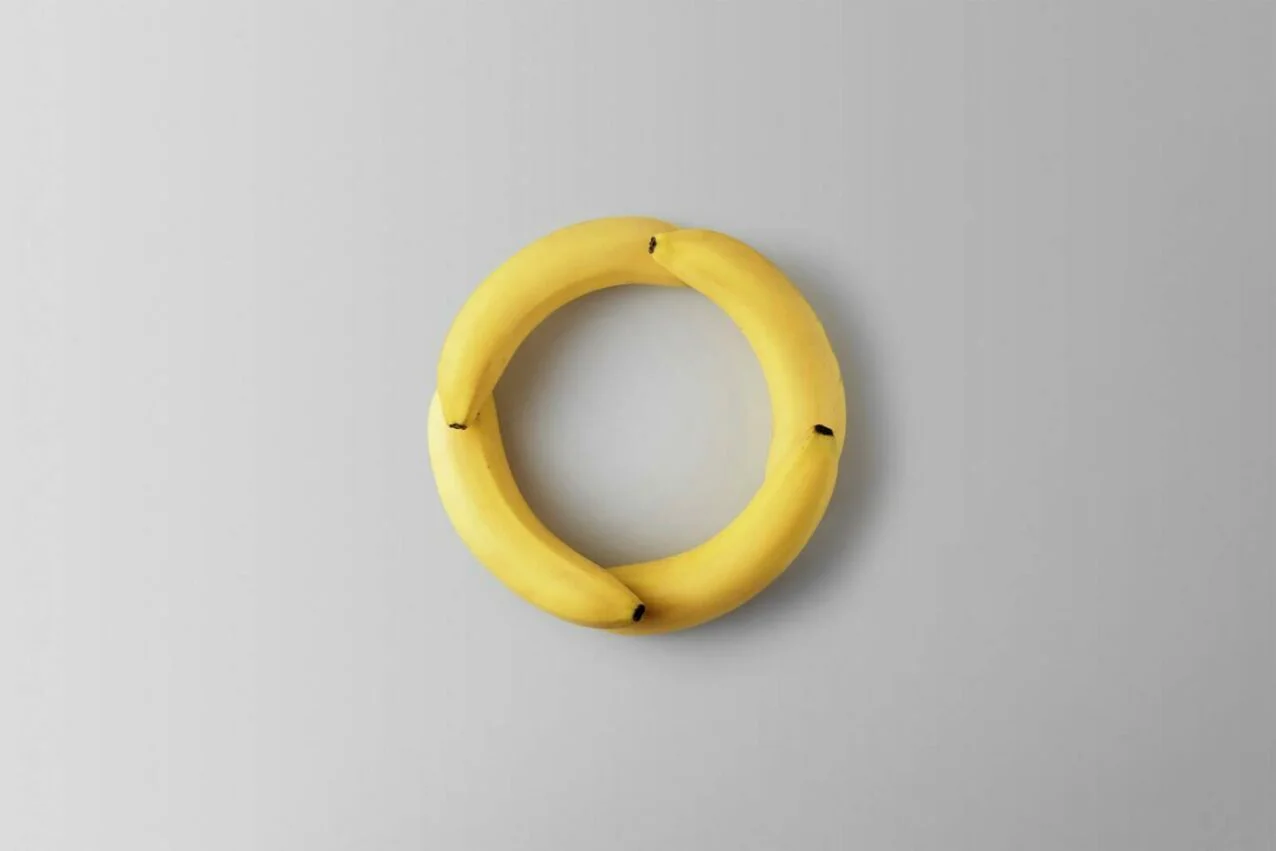
Going out for a ride on an empty stomach is not the same as intermittent fasting. Your body must get used to it, intensity should be low to moderate, and you should always carry some snacks with you.
Having something to eat before a ride depends on your stomach, the time you have and your personal tastes. Some people need coffee to wake up and others need something more substantial. It’s trial and error. A snack always helps to believe you have enough energy to face the training session. If you had a proper dinner the night before you shouldn’t worry about your glycogen stores, as our bodies burn mostly fat and just a little hepatic glycogen (around 100 calories) while we sleep.
For intense, approximately 2-hour long workouts, dinner on the night before is key so that you’ll have enough glycogen stored in your body. If you had an early dinner you might wake up with an empty stomach. A quick snack containing fast-digesting carbs (i.e. a banana) is the best way to get rid of this sensation.
After the workout session, you have to eat to be able to face the rest of the day. Even if you don’t have much time, there are always quick and healthy snack ideas to recover and restore nutrients in order not to get hungry later and avoid grabbing the first thing at hand.
Post-breakfast workout when you have time to spare
This is what cyclists do on the weekends, when they’re on holiday or work afternoon shifts.
You should adjust your breakfast meal to the intensity of the ride, the type of activity you did the day before (training plus recovery) and what you had for dinner the night before.
If you had an intense workout session in the evening the day before, and you haven’t restored your energy reserves or your muscles haven’t recovered properly, you’ll wake up starving and your breakfast should be focused on trying to fix this in the best way possible.
You must take into account that, regardless of the time of the day, your body is using both fat and glycogen as fuel during up to 2-hour long training sessions at a low to medium intensity.
For a less than 2-hour long workout at a low to medium intensity, 300-400 calories for breakfast is just enough. Here are some ideas:
- Oat porridge with nuts and berries.
- Scrambled eggs and rice.
- Whole-grain toast with olive oil and tomato slices.
- Natural yogurt with granola and seasonal fruits.
- Scrambled eggs on whole-grain toast.
- To drink: a cup of coffee/tea or a glass of juice.
For over 3-hour long workouts at a medium to high intensity, make sure you include slow-digesting carbs, protein and healthy fats in your dinner the night before and your breakfast in the morning.
Remember: common sense. Just don’t jump on the saddle with a cup of coffee in your hand.
Midday workout
We’ve already had breakfast, and we’re going to ride for a few hours before lunch, so a simple snack is enough to avoid cycling on an empty stomach.
A handful of nuts, a sliced apple with some peanut butter, a PB&J sandwich or a homemade energy bar are some good snack options.
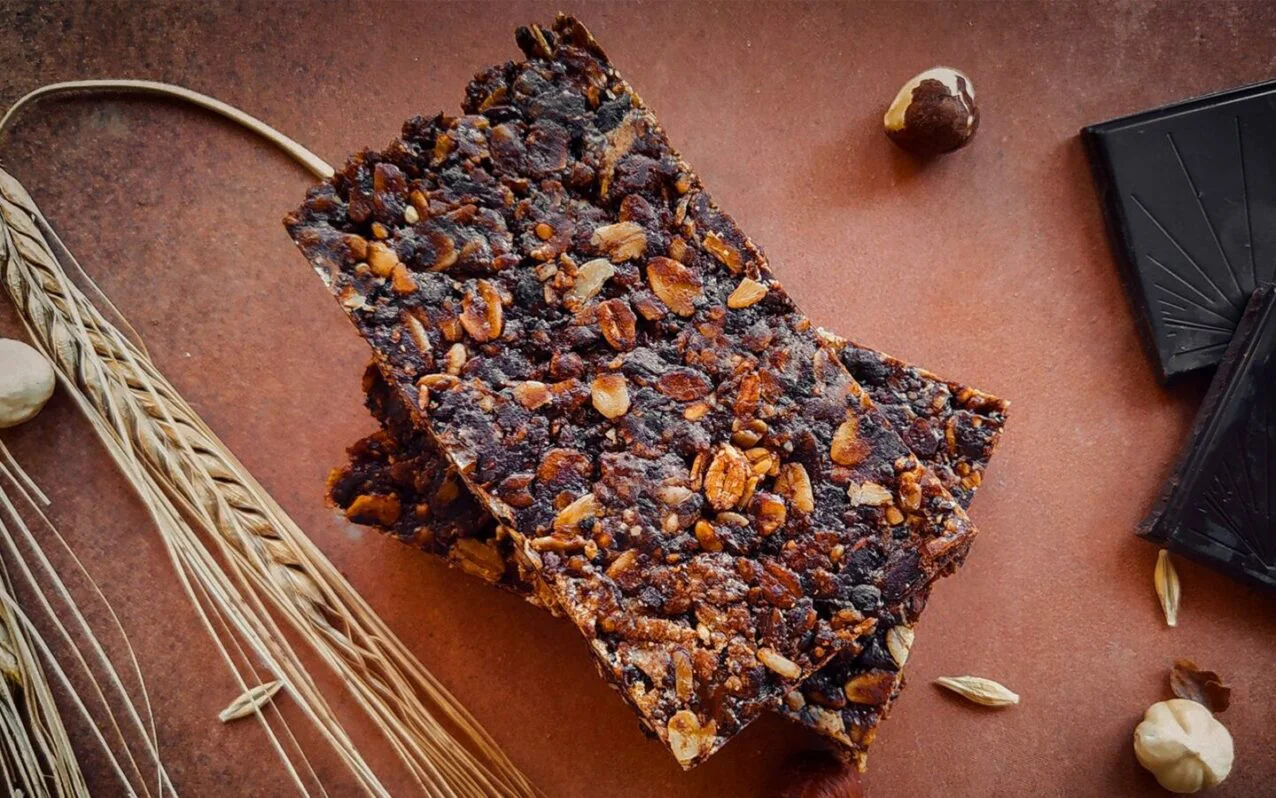
If you don’t have much time for lunch, you can check our article on protein-packed snacks where you can find quick recipes you can easily make at home.
Afternoon or evening workout
We’ve already had breakfast and lunch, perhaps a midday snack as well. We finish work, and our plan is to come back home and go for a ride.
Any of the snacks we have previously mentioned is a great option before an afternoon or evening 2-hour training session at low to medium intensity. The good thing is that you can have it on your way back from work, and so your body will have digested it before you hop on the saddle.
We usually have more time to prepare dinner, but if that is not your case, you can always make the meal beforehand or get some easy-to-prepare ingredients: pre-cooked legumes, vegetables for a salad, any kind fruit, eggs as protein source, rice, pasta, whole-grain bread or boiled potatoes as carbs, etc.
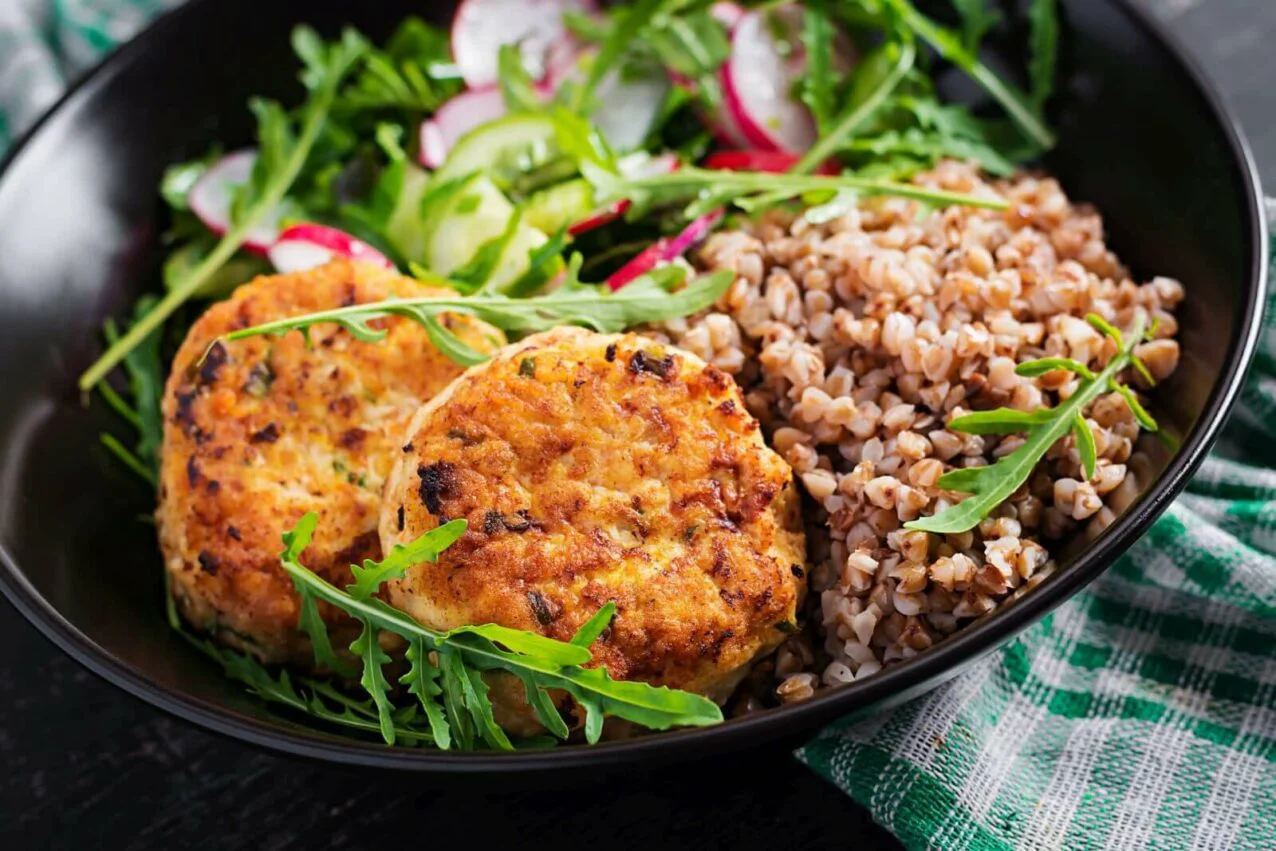
Use common sense also when it comes to quantity. Think carefully about what type of training session you had and what you will be doing the next day to recover properly, and avoid going to bed feeling hungry but making sure you’re not overeating either, especially if you’re planning on losing weight.
What and how much to eat during workouts?
Now that we have reached this section, take a look at our previous article on what and how much you should eat based on workout duration and intensity. You’ll find information on approx. how many calories you will be needing for different types of outings or training sessions, and get some ideas on what to eat during rides and workouts, with lists of ingredients, quantities and the calories you’ll be getting from them. We simply can’t make it any easier for you!
What to eat after a ride?
We have already been listing a bunch of tips for you to get the nutrients you need and recover properly after a training session, regardless of the time of the day you choose to go for a ride. If the post-workout meal does not fall on a main course don’t worry, as snacks within a healthy diet can be a really good choice.
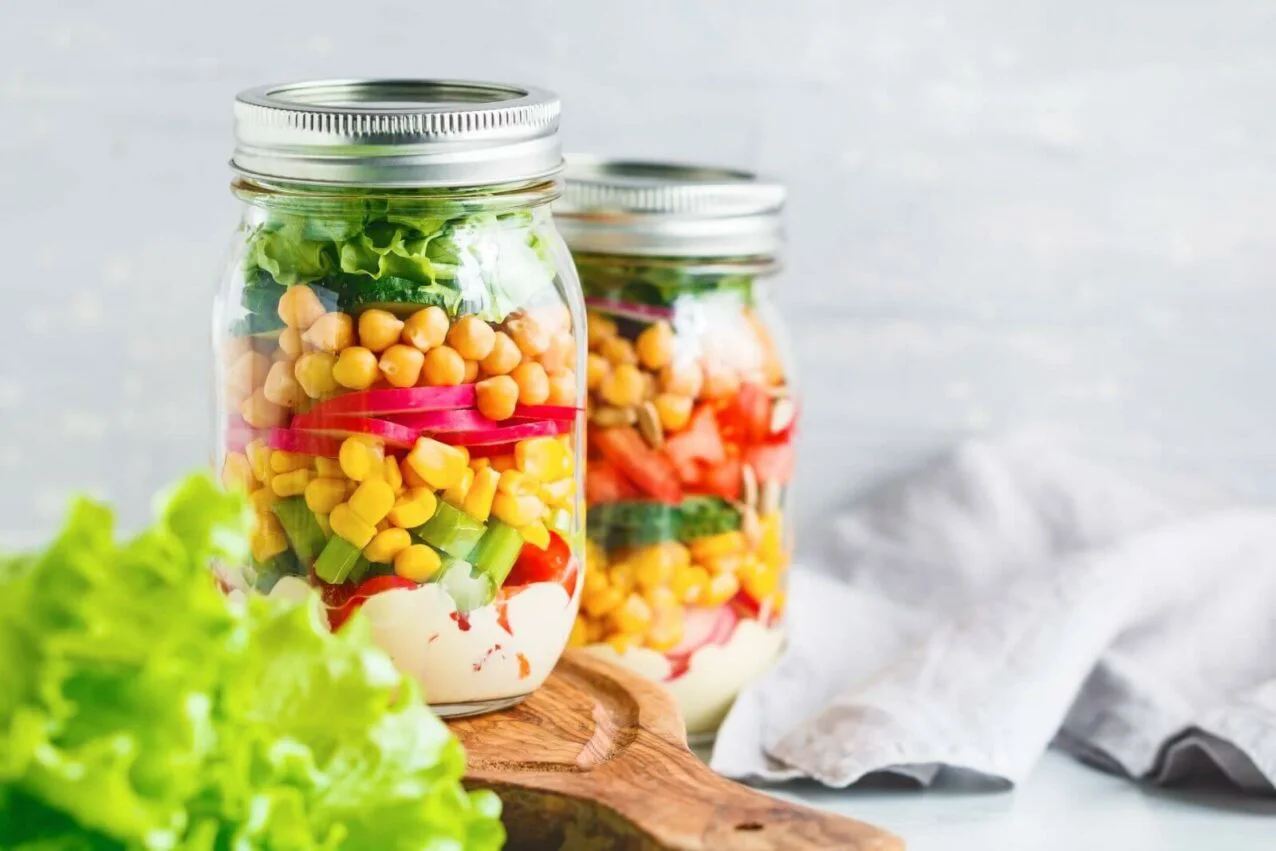
To cut a long story short, and as we have already talked about what to eat after a ride, let us simply refer you to these two previous articles: the one on post-workout snacks that we have already mentioned before, and the one on 5 myths about workout recovery. If you haven’t read them yet, take a few minutes of your time to do so and add them to your bookmarks. This way you can find some inspiration for post-workout meals.
